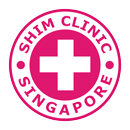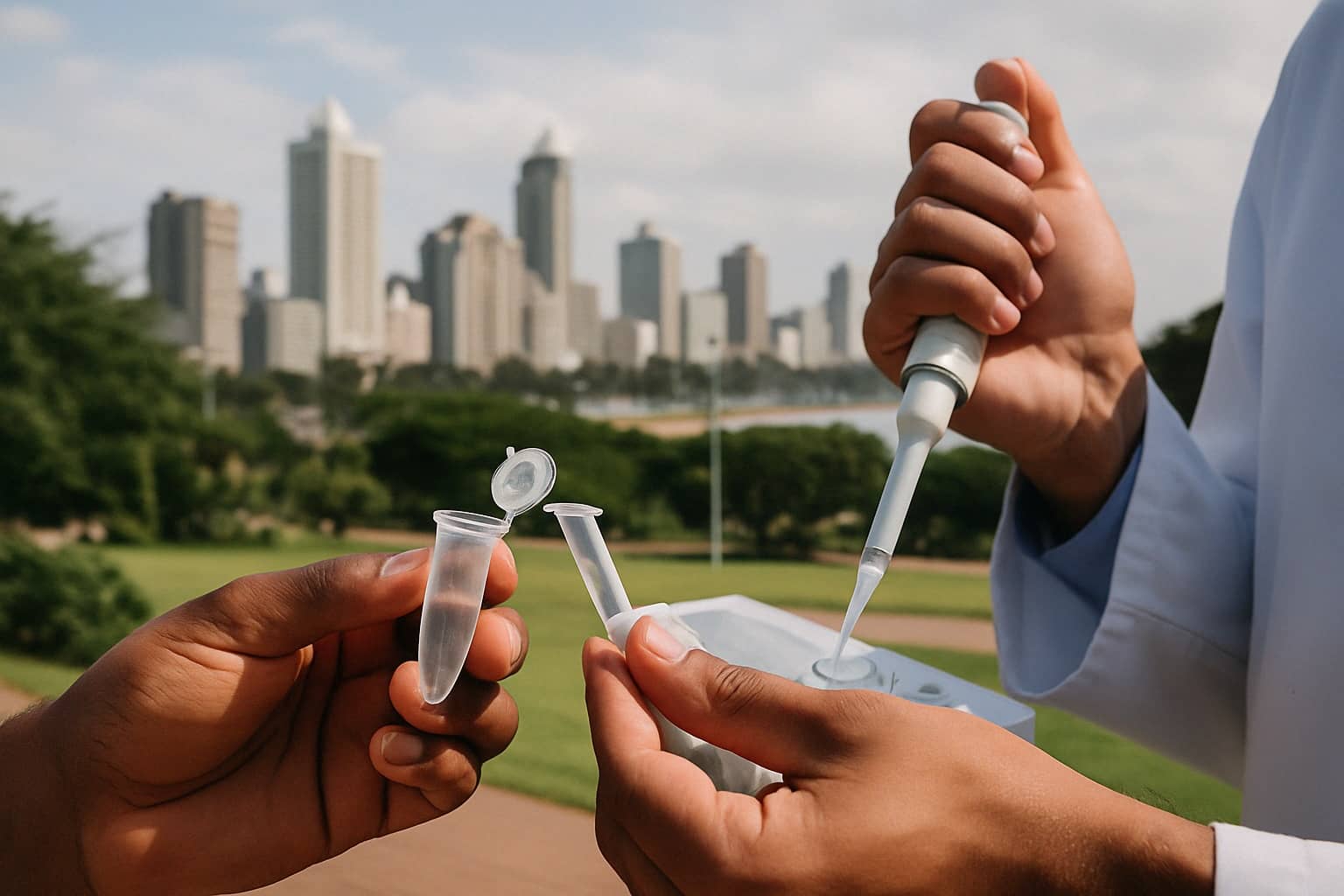A New Chapter in HIV Cure Research
For decades, HIV treatment has been one of modern medicine’s most remarkable success stories. Antiretroviral therapy (ART) has transformed HIV from a fatal diagnosis into a manageable chronic condition. Today, millions of people on ART can live long, healthy lives and maintain undetectable viral loads that cannot be transmitted.
But ART is not a cure. It requires lifelong commitment, daily medication, consistent healthcare access, and carries the burden of stigma and side effects for some. The global scientific community has long searched for a better solution — ideally, one that could eliminate HIV or allow the immune system to suppress it without constant treatment.
This year, a trial based in Durban, South Africa delivered one of the most promising results we have ever seen. In what is being called a major breakthrough, researchers achieved long-term ART-free viral suppression in several women living with HIV. This marks a pivotal moment in the journey toward a functional cure — where the virus is controlled without daily medication — and potentially, one day, a sterilizing cure that clears the virus completely.
This article explores what the Durban trial discovered, why it matters, and how it may shape the future of HIV cure science — not only in South Africa, but worldwide.
Why South Africa Matters in HIV Research
South Africa is home to the highest number of people living with HIV globally, with more than 7.5 million affected. It is also a leader in HIV prevention, known for its large-scale treatment programs, cutting-edge research institutions, and tireless community-driven activism. This makes it more than just a location — it is a critical driver of progress in the global HIV fight.
Unlike North America and Europe, where most HIV studies have traditionally taken place, South Africa deals primarily with HIV-1 Subtype C. This strain is biologically different from Subtype B, which dominates Western research. Subtype C has unique characteristics in viral replication and immune evasion, making it essential to study in its native context.
Research in South Africa also brings attention to demographics that have long been overlooked. While HIV cure studies have historically focused on men from high-income countries, the recent Durban trial centered on cisgender women aged 18 to 23 — a group that is disproportionately affected by HIV in Sub-Saharan Africa but underrepresented in clinical research.
South African institutions such as the Africa Health Research Institute (AHRI), CAPRISA, and the Wits Reproductive Health Institute are now internationally recognized hubs for HIV innovation. The country is not only confronting its own epidemic but also reshaping how HIV research is done across the globe — inclusively, ethically, and with real-world relevance.
Inside the Durban Trial: A Global First
In early 2025, researchers at the Africa Health Research Institute (AHRI) and the University of KwaZulu-Natal launched a first-of-its-kind HIV cure trial in Durban. The study enrolled 20 cisgender women between 18 and 23 years old who were part of the FRESH (Females Rising through Education, Support and Health) cohort. All participants had started antiretroviral therapy (ART) very soon after acquiring HIV — a crucial factor in limiting the virus’s ability to hide in the body.
Once viral suppression was achieved, participants received a combination of two broadly neutralizing antibodies (bNAbs) — VRC07-523LS and CAP256V2LS — designed to bind and disable HIV across different strains. They also received vesatolimod, a TLR7 agonist, which aims to stimulate the immune system and flush out hidden viral reservoirs.
This “shock and kill” strategy was designed to wake up latent HIV hiding in the body and give the immune system the tools to destroy it. After several doses, the women entered a supervised process known as analytical treatment interruption (ATI) — where ART is stopped and the immune response is closely monitored.
What followed stunned the research world.
The Results That Sparked Hope
Of the 20 women who participated:
- 4 remained off ART for over 1.5 years without viral rebound.
- 6 maintained undetectable viral loads for nearly a year.
- 1 participant has stayed off ART for over 2.5 years and counting.
These findings were shared at the 2025 Conference on Retroviruses and Opportunistic Infections (CROI) and were hailed as one of the most significant breakthroughs in HIV cure research to date. For the first time, multiple participants — all young African women — achieved long-term viral suppression without medication.
All participants continued regular HIV testing throughout the ATI phase to monitor viral load, immune activity, and safety. Importantly, no serious adverse events were reported, and none of the participants who rebounded experienced complications related to stopping ART.
While researchers are cautious about using the word “cure,” this study represents what scientists call a functional cure — a state where the virus is still present in the body but remains undetectable and untransmittable without medication.
What Makes This Trial Different
This trial sets itself apart in several key ways:
- It focused on women. Most cure trials disproportionately enroll men, especially in high-income countries. This study showed that young African women — often at the epicenter of the HIV epidemic — must be central to research efforts.
- It targeted Subtype C HIV. Most studies look at Subtype B. This trial provides valuable insight into a variant that affects most of the global HIV-positive population.
- It was conducted in a resource-limited setting. Demonstrating a potentially scalable intervention in South Africa offers hope for equitable access worldwide.
- It used a combination approach. The pairing of bNAbs with immune stimulation (vesatolimod) shows that synergy may be the key to overcoming viral latency and control.
The Durban trial signals a new era of possibility — where long-term viral suppression might one day be achievable without daily treatment. This is especially meaningful for people in regions where access to lifelong medication is inconsistent.
Until a cure is widely available, people at risk of HIV exposure in Singapore can still rely on timely access to HIV PEP and daily PrEP as part of a comprehensive prevention plan.
Beyond Durban: Other Promising Studies
The Durban trial is not alone in pushing the boundaries of HIV cure science. Globally, several research groups are exploring similar methods to achieve ART-free viral control. One such project is the PAUSE Study (ACTG/HVTN/HPTN 108), which is testing combinations of broadly neutralizing antibodies (bNAbs) in people living with HIV who began ART early.
South African institutions are also leading other cure-focused collaborations. CAPRISA, Wits Reproductive Health Institute, and the Centre for HIV and STIs at NICD are actively contributing to trials that combine immune-based therapies with latency reversal techniques.
These African-led initiatives are helping close the global research gap. For decades, cure research was concentrated in the Global North, using narrow populations and viral subtypes. South Africa is now redefining what inclusive, effective, and scalable HIV research can look like.
Challenges That Still Remain
Despite encouraging results, several challenges must be addressed before an HIV cure can become mainstream:
- HIV latency: The virus hides in long-lived cells called reservoirs. Reactivating and eliminating these cells is complex and not yet fully understood.
- Viral rebound: Even after suppression, HIV can return quickly once ART is stopped. Predicting who can control the virus is still difficult.
- Immune response variability: Some people’s immune systems respond well to bNAbs or TLR agonists. Others do not. More research is needed to personalize treatment.
- Cost and access: Advanced therapies like bNAbs are expensive to produce and store. For any cure to succeed globally, it must be affordable and scalable.
- Ethical considerations: Trials involving ART interruption must be conducted with caution and informed consent. The risk of resistance or onward transmission is real.
Until these barriers are resolved, existing prevention and treatment tools remain essential. This includes regular HIV testing, STD screening, and consistent HIV treatment access.
Looking Ahead: What’s Next for HIV Cure Science
The HIV cure field is evolving rapidly. Researchers are exploring next-generation tools that may work even better than current approaches:
- More potent bNAbs: Lab-designed antibodies are getting better at neutralizing diverse HIV strains and working across populations.
- Gene editing: CRISPR-based tools could one day delete HIV genes from infected cells or make immune cells resistant.
- “Block and lock” therapy: Instead of waking up the virus to kill it, some scientists aim to permanently silence HIV in its reservoirs.
- Therapeutic vaccines: Unlike preventative vaccines, these train the body to control or clear the virus after infection.
Community participation will also be key. Inclusive research that involves women, LGBTQ+ people, and communities from the Global South is essential to create interventions that work for everyone — not just a few.
Why This Matters for Singapore and the World
While a cure is not yet available, Singapore can learn from global developments. The results from South Africa emphasize the need to:
- Invest in early detection and routine HIV testing
- Provide rapid access to HIV PEP after exposure
- Promote PrEP for people at ongoing risk
- Reduce stigma through education and open conversations
Clinics like Shim Clinic play a vital role in offering non-judgmental care, education, and access to the latest prevention tools. While we wait for a global cure, these services remain our strongest line of defense.
What Durban Taught the World About HIV’s Future
The Durban trial is more than just a scientific milestone — it’s a call to reimagine how we fight HIV. It taught us that:
- Functional cures are possible — even in resource-limited settings
- Women and Subtype C HIV must be at the center of research
- Global cure science should be equitable, inclusive, and collaborative
This is not the end of the story — but it’s the most hopeful chapter yet. With continued research, funding, and global solidarity, the dream of a world without daily HIV medication is starting to feel less like fiction and more like a future within reach.
Stay informed. Get tested. Ask questions. The future of HIV care is changing — and you deserve to be part of it.

